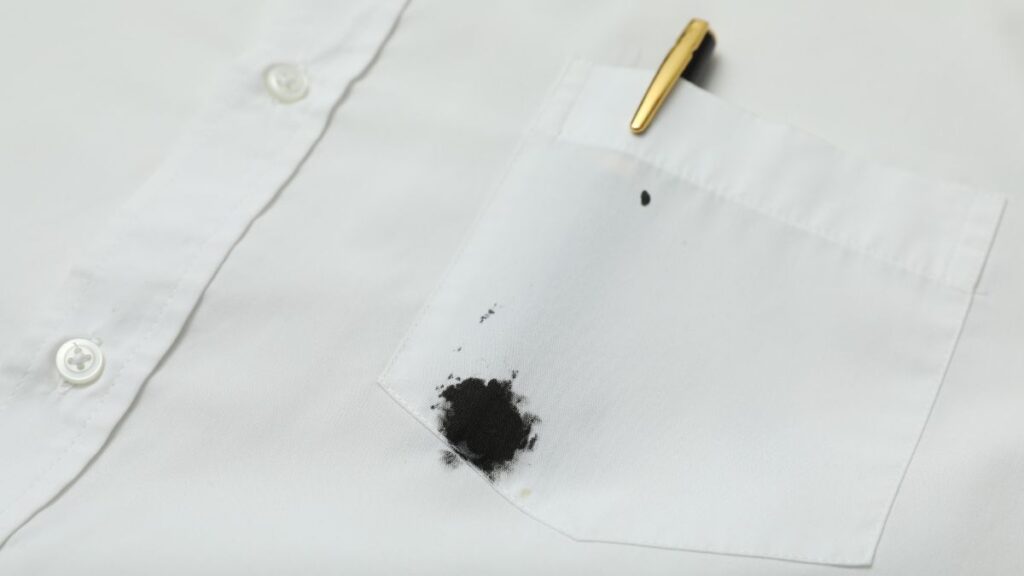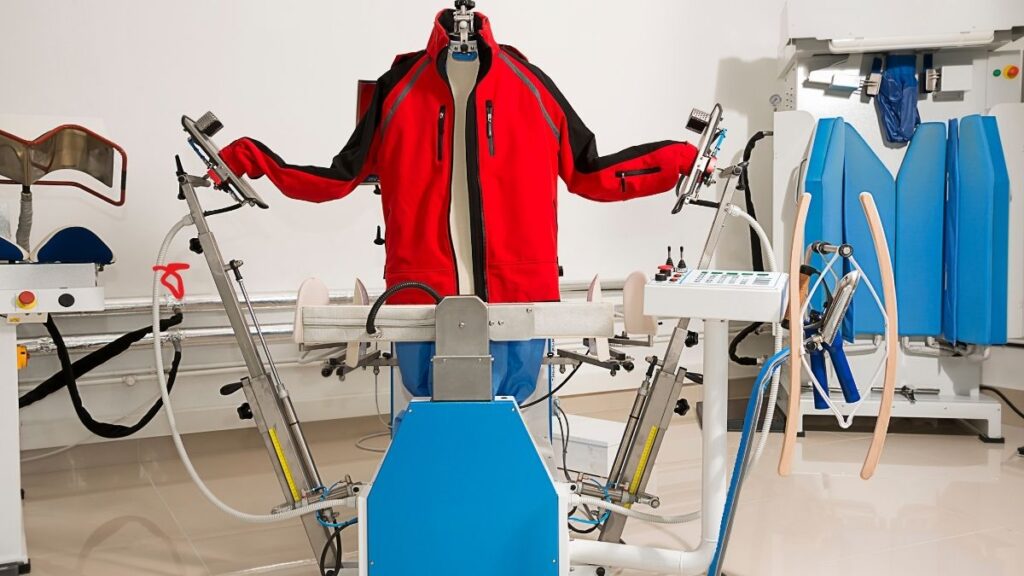Dry Cleaners Rate: Mr. Johnny Care
In the hustle and bustle of modern life, finding reliable dry cleaners can be a real challenge. You want your cherished garments to be treated with care, but you also don’t want to break the bank. That’s where Mr. Johnny Care comes into play. In this, we will delve into the world of dry cleaners and explore the Dry Cleaners Rate and services offered by Mr. Johnny Care. Get ready to discover the perfect solution for your dry cleaning needs. The Importance of Quality Dry Cleaning and Dry Cleaners Rate Before we dive into the specifics of Mr. Johnny Care’s rates, let’s discuss why choosing a quality dry cleaner is essential. Your clothing is an investment, and improper cleaning can lead to fading, shrinking, or even irreparable damage. That’s why finding a dry cleaner who uses the right techniques and takes utmost care of your garments is crucial. The Role of Mr. Johnny Care Mr. Johnny Care is not your average dry cleaning service. With years of experience and a stellar reputation, they have become a trusted name in the industry. They understand the unique needs of different fabrics and garments, ensuring that each piece receives the care and attention it deserves. Also Check: Shoe Cleaning Near Me: Mr. Johnny Care’s Expert Services Unveiled! Understanding the Dry Cleaners Rate Now, let’s get down to business and explore Mr. Johnny Care’s pricing structure. Understanding how they charge for their services will help you make an informed decision. 1. Standard Dry Cleaning Mr. Johnny Care offers competitive rates for standard dry cleaning. Whether it’s your everyday work attire or a special occasion outfit, you can count on them to provide top-notch cleaning without breaking the bank. 2. Specialty Items Do you have delicate fabrics or intricate garments that require extra care? Mr. Johnny Care specializes in handling these items. While the rates for specialty items may be slightly higher, the peace of mind knowing your cherished pieces are in safe hands is priceless. 3. Bulk Discounts If you’re a frequent customer or have a large volume of clothing to be cleaned, Mr. Johnny Care offers enticing bulk discounts. This can lead to significant savings over time, making them an economical choice for regular dry cleaning needs. 4. Express Services For those last-minute wardrobe emergencies, Mr. Johnny Care offers express services at reasonable rates. You can have your clothing cleaned and ready in no time, ensuring you’re always prepared for any occasion. The Mr. Johnny Care Experience Beyond competitive Dry Cleaners Rate, Mr. Johnny Care distinguishes itself through its exceptional customer experience. 1. Convenience With multiple drop-off and pickup locations, including a user-friendly app, Mr. Johnny Care makes dry cleaning convenient for you. No more rushing to drop off your clothes; they’ve got you covered. 2. Eco-Friendly Practices Mr. Johnny Care is committed to sustainability. They use environmentally friendly cleaning solutions, ensuring that your garments are not only clean but also safe for the planet. 3. Customer Support Their friendly and knowledgeable staff is always ready to assist you. If you have any questions or specific requests, they are just a call or message away. Best Badminton Academy in Lucknow: Click Here Conclusion In conclusion, when it comes to dry cleaners, Mr. Johnny Care stands out as a reliable and affordable option. Their competitive Dry Cleaners Rate, commitment to quality, and dedication to customer satisfaction make them a top choice for anyone seeking professional dry cleaning services. Say goodbye to the stress of finding the right dry cleaner—choose Mr. Johnny Care for a seamless and affordable experience.
Dry Cleaners Rate: Mr. Johnny Care Read More »










